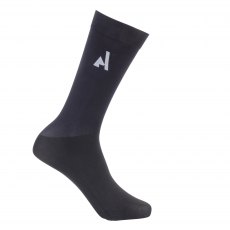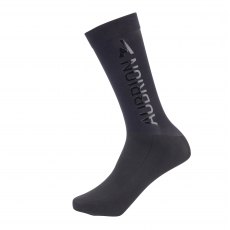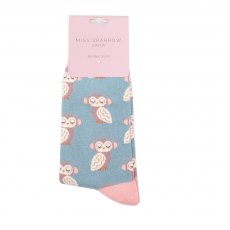Robinsons Healthcare Animaltex Poultice animalintex is the original veterinary poultice and wound dressing, that has been used by countless customers for decades. It is made to a proven formula and manufactured in the UK in a facility that is authorised by the Veterinary Medicines Directorate (VMD), the UK authority that is responsible for enforcing the safety of veterinary medicinal products. There are a number of poultices available on the market but only one is licensed by the VMD – Animalintex. This license is very important as the formulation and manufacture need to be strictly controlled as poultices have a pharmaceutical effect on the horse. Animalintex contains Boric Acid BP, an active ingredient which promotes effective healing.
Unfortunately wounds sometimes become infected. If your horse has a large wound which is infected you should call a vet immediately, particularly if your horse is showing signs of distress. However, a wide range of conditions – including wounds – can be treated using Animalintex. It is ideal for the treatment of:
- Infected wounds
- Open wounds
- Mud fever
- Laminitis
- Abscesses
- Thrush
- Seedy Toe
- Sprains
- Bruises
Animalintex can be applied as a hot wet poultice, a cold wet poultice or even as a dry wound dressing – particularly in a first aid situation. The technique used depends on the particular condition to be treated.
Hot wet poulticing is used for abscesses, corns, cracked heels, infected wounds, laminitis, mud fever, punctured foot, seedy toe, thorns and thrush. Cold wet poulticing is used for bruising, capped elbow, capped hock, sore shins, sprains, strains and splints.
To prepare a poultice, boil water and allow it to cool to 38 degrees centigrade (so that it does not burn the horse) immerse the poultice and squeeze out excess water. Note that if infected pus is present, the poultice needs to be damp (not wet) so that the pus is absorbed into the poultice.
If a cold wet poultice is to be used, follow the same procedure as above but simply allow the boiled water to cool before application. The poultice is applied to the horse after cleansing and drying the affected area and then secured with a bandage or poultice boot. The poultice should be changed at least every 12 hours. The progress of the ailment can be checked at the same time. If the horse does not respond to treatment or is showing signs of distress, call your vet.
Collect in Store
This item is available for collection.
























